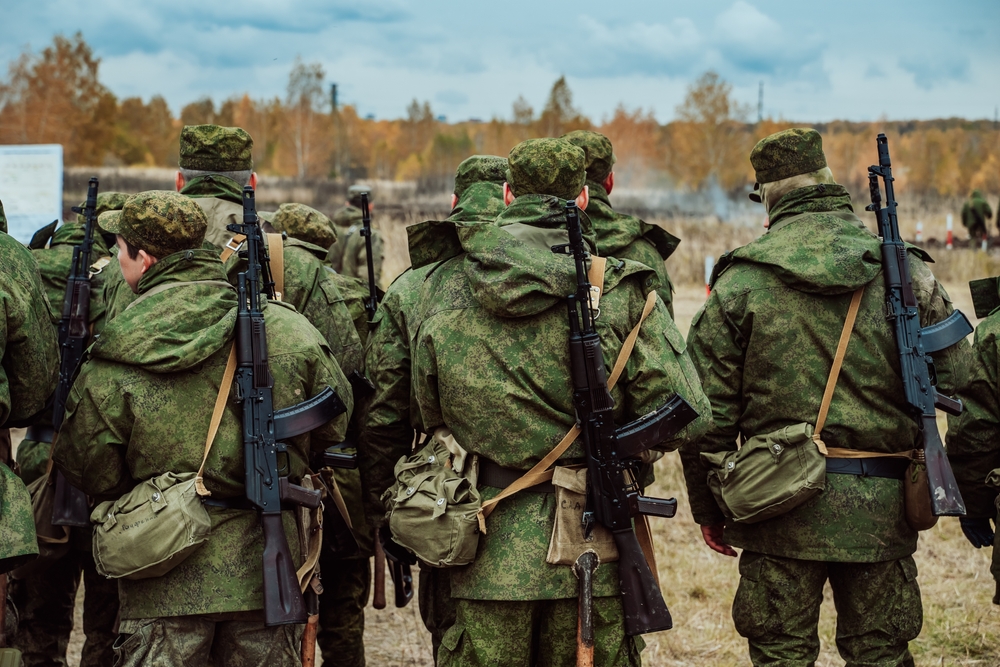Rodent Infestation at Ukraine’s Front Lines Poses Health Risk.
Others are reading now
CNN has reported a concerning development at Ukraine’s front lines: a significant infestation of rats and mice, bringing with them severe illnesses that are affecting soldiers and their combat effectiveness.
This surge in rodent population, seen along the nearly 1,000-kilometer front line, is attributed not only to changing weather and breeding patterns but also to the prolonged static nature of the conflict as Ukraine enters its third year of war. The situation is reminiscent of the trench warfare experienced during World War I, where rodents were a common issue.
A Ukrainian soldier, known by the call sign “Kira,” shared her experience with CNN about dealing with the rodent problem in southern Zaporizhzhia Oblast. Kira described disturbing incidents where mice would crawl into soldiers’ clothing at night or even bite their hands while they slept, drastically reducing their sleep and affecting morale.
Also read
In her trench, which housed four soldiers, Kira estimated the presence of about 1,000 mice, remarking, “It was not the mice who were visiting us; we were their guests.”
The health implications of this infestation are significant. The rodents are carriers of diseases that can lead to symptoms such as vomiting and bleeding from the eyes. Ukraine’s military intelligence reported in December that Russian soldiers near Kupiansk in Kharkiv Oblast suffered from “mouse fever,” a rodent-borne virus causing eye hemorrhages, rashes, vomiting, and kidney problems.
While CNN has not been able to independently verify these reports, soldiers have taken to social media to share images and videos of the rodents swarming among furniture, weapons, and equipment.
This development adds a new dimension to the challenges faced by soldiers at the front lines, underscoring the harsh realities of modern warfare mixed with historical warfare challenges.


